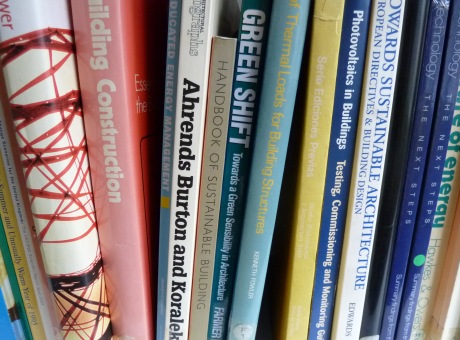Carbon Tax vs. Cap-and-Trade: Implications on Developing Countries Emissions

9 June 2010
Although world leaders did not come to any agreement in Copenhagen in setting CO 2 reduction targets for individual countries or for major emitters, the leaders did agree that inaction would lead to irreversible consequences and that there must be substantial cuts in carbon emissions. However, any mechanism for achieving such reductions should not hamper economic progress in the developing world. A key issue therefore is to find a way to engage developing countries under any emerging agreement that also ensures full participation of developed countries in climate change mitigation. This paper investigates the roles of carbon tax and cap-and trade policies to mitigate global CO 2 emissions, particularly focussing on reduction from developing countries. Long-run global energy scenarios are developed under tax and cap-and-trade policies. These policies are analysed using the 16 Region TIAM-UCL global model. This paper provides new insights into the role of developing countries under different mitigation mechanisms using a global model. In general, it is assumed that only developed countries buy emission credits from developing countries under cap-and-trade policies. Findings show that when the CO 2 mitigation target is widened, in order to meet the 450ppm atmospheric CO 2 only concentration target, it is globally cost optimal for some developing countries to buy credits in the long-term while some developed countries may sell credits depending on reduction targets.
Carbon Tax vs. Cap-and-Trade: Implications on Developing Countries Emissions. In: (Proceedings) 33rd IAEE International Conference.
Anandarajah, G; Kesicki, F; Pye, S; (2010)
The full text of this article is not available through UCL Discovery.
 Close
Close

